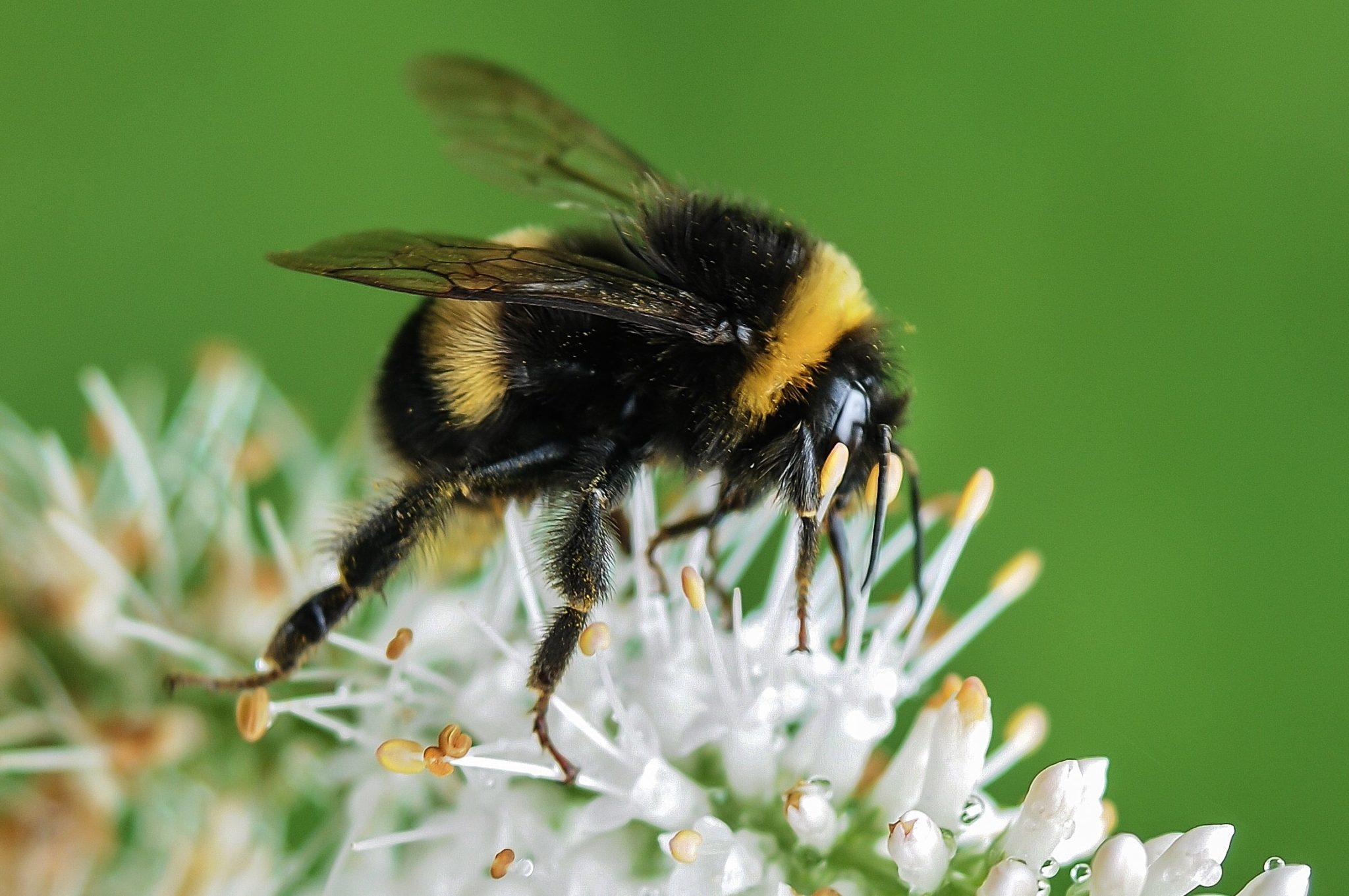
Repost http://ohiodnr.gov/insectsanddisease
Asian Longhorned Beetle
The Asian longhorned beetle, also known as the Asian cerambycid beetle, was first discovered in the United States attacking maple and horsechestnut trees around New York City in 1996. Infestations were detected in Chicago, three New Jersey counties, and six Massachusetts cities. In 2008, the infestations of Chicago and Hudson County, New Jersey, were declared successfully eradicated.
In June 2011, the first Ohio infestation in trees was discovered near the village of Bethel in Clermont County. The insect was previously found associated with solid wood packing and crating materials in warehouses located in Cincinnati, Columbus, and Loudonville. However, an infestation of living host trees has never been detected in these cities.
The Asian longhorned beetle (ALB), Anoplophora glabripennis, is native to Japan, Korea, and southern China. Experts believe that the beetle “hitchhiked” to the U.S. during the early 1990s in solid wood packing or crating materials on a cargo ship arriving from China.
ALB is a serious pest of hardwood trees in its native environment where it has few natural enemies. In the U.S., where no natural enemies exist, the insect is extremely destructive to our trees and forests. The beetle attacks many different hardwood trees, including maple (all species), horsechestnut, buckeye, poplar, willow, elm, birch, London plane tree, sycamore, mimosa, katsura tree, hackberry, ash, and mountain ash. Trees of any age may be attacked, however, trees 4 inches in diameter and larger are preferred. Beetles will attack both stressed and healthy trees, which makes them an even greater threat.
Biology and Identification
Beetles are 0.75 to 1.50 inches long (not including antennae), shiny black with bright white spots and blue tinted legs. Each adult has a pair of curved, black-and-white striped antennae that are even longer than the body. Adults emerge from trees during May, June, and July and can live for up to 66 days. They feed on plant shoots for a few days and then mate. After mating, females chew rough, oval pits in the bark of host trees, where they lay eggs.
When the eggs hatch, the white grub-like larvae bore into the wood. Larvae mature inside the tree until they become adults and chew round, 3/8 inch (nearly dime-sized) exit holes in trunks and branches, from which they emerge. This life cycle produces new adults every year, rather than every 2 to 4 years like most other longhorned beetles. Although ALB can fly up to 400 yards, they typically do not leave their host tree. In China, studies show that infestations generally spread less than 1000 ft/year.
Since an effective method for trapping this specific pest does not exist, areas must be surveyed for the presence of the beetle by carefully examining hardwood trees for signs of infestation. Large round exit holes with smooth edges, often oozing sap, are a strong indication of ALB activity. Frequently, piles of frass (insect waste and sawdust) are found at the base of infested trees and in branch crotches. Leaves of infested trees may also exhibit unseasonable yellowing or drooping. Eventually, larval tunnels sever the cambium (living part of the tree trunk), which disrupts the flow of water and other materials and kills the tree.
For help with Asian Longhorned Beetle infestations, contact us today.


